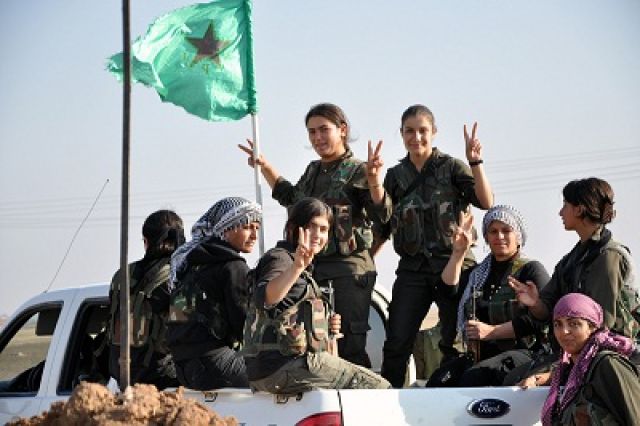
A largely unknown region to the rest of the world became one of the most talked about globally in recent months.
Kobane is a town that suffered a too-harsh fate. Innocent civilians never think that one day they would face massacres — except that being a Kurd in a town like Kobane (in a largely Kurdish area in the north-west of the Syrian state), means you face such things.
Kobane is in the Syrian-Turkish frontier, with a Kurdish majority. The town has about 45000 citizens, mostly farmers. Before September last year, citizens in Kobane thought President Bashar Assad’s regime was their main problem.
They certainly did not realise there would be another huge risk to their lives — one that would change their region from being largely ignored to well known around the world.
Kobane has been the scene of one of the biggest battles with the “Islamic State”. While the United States supplied with air strikes, it was Kurds who played an indispensable role to win the battle, all united to face the enemy.
IS faced fierce resistance from Kurdish fighters such as the Rojava-based Kurdish People's Protection Units (YPG), supported by the Turkish-based Kurdish Workers Party (PKK), the Iraq-based Peshmerga and the anti-Assad Free Syrian Army (FSA).
For the first time the Peshmerga was sent to another country to fight. Turkey was also pushed to grant a historical concession to allow Kurds to pass its borders to fight the enemy.
Kobane is the first region in Syria to stand up against IS and win. It provides a hope for other regions to stand up against both Assad’s regime and IS. If Saudi Arabia and Iran leave their proxy forces unaided, the people of the country can show success against both the dictator and the terrorist group.
Kobane's victory introduces the power of Kurds in the Middle East and further. The win allows Kobane's to look to the future with more confidence. Before, the Kurds' future was vague at best, now Kurds are uniting to fight against the most powerful terrorist groups, proving to the world they exist.
There were 606 air strikes from US forces on IS in Kobane between September 27 last year and January 20. You can only imagine the damage of the conflict. Kobane was turned from a town to a wasteland.
There are an estimated 25,000 internally displaced people who have now returned to their destroyed houses. Kobane refugees who are still in Iraqi Kurdistan wonder what happened to their homeland.
“I dream to go back, but a demolished land with zero business will make us ache more,” Mohammed Baker, a Kurdish refugee in Sulaymaniyah in Iraqi Kurdistan. “We all are amazed with Kurds’ generosity and succor.”
“Some of our relatives went back, though we are waiting for their feedbacks before taking any actions.”
Like the article? Subscribe to Green Left now! You can also like us on Facebook and follow us on Twitter.